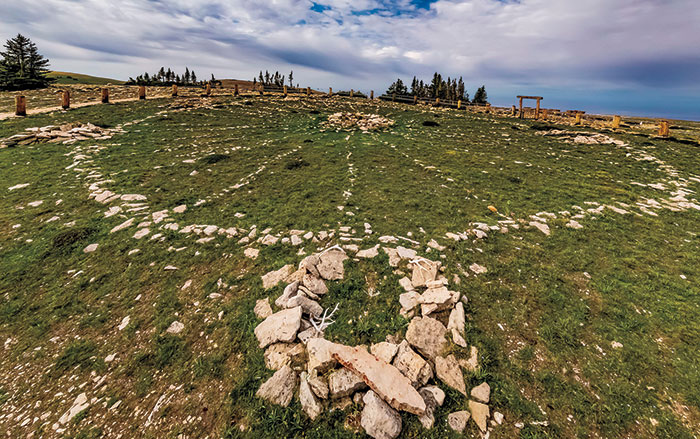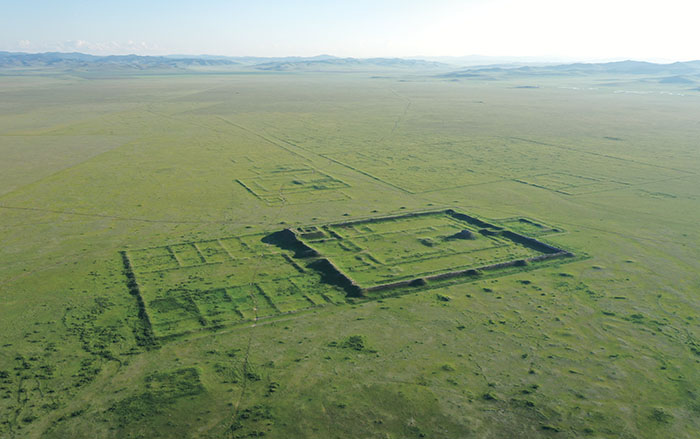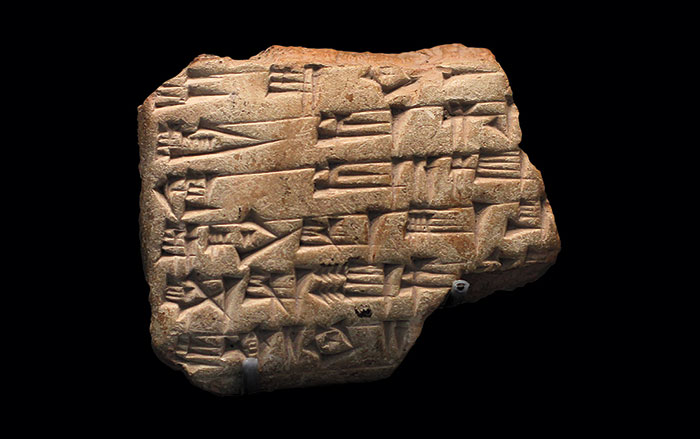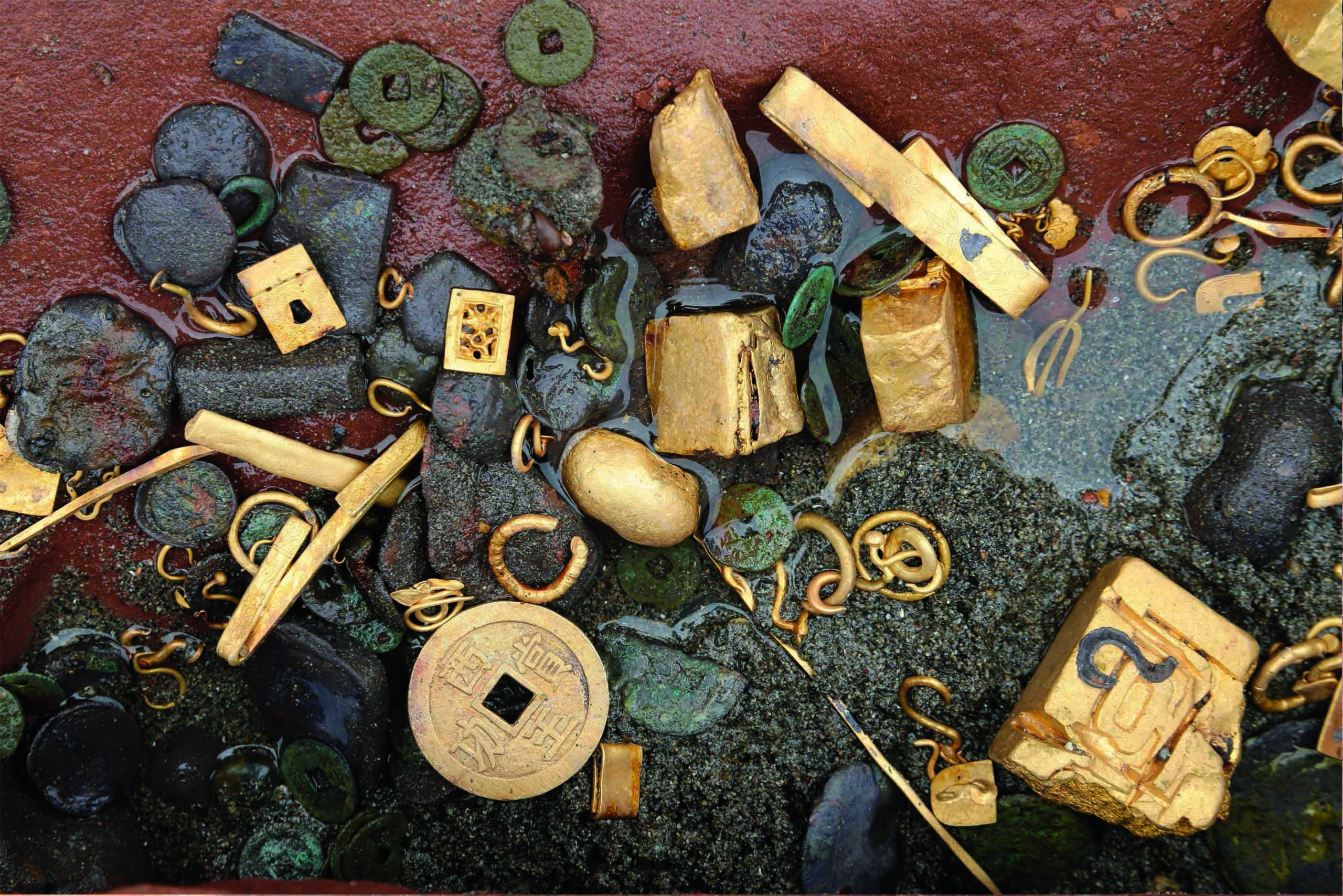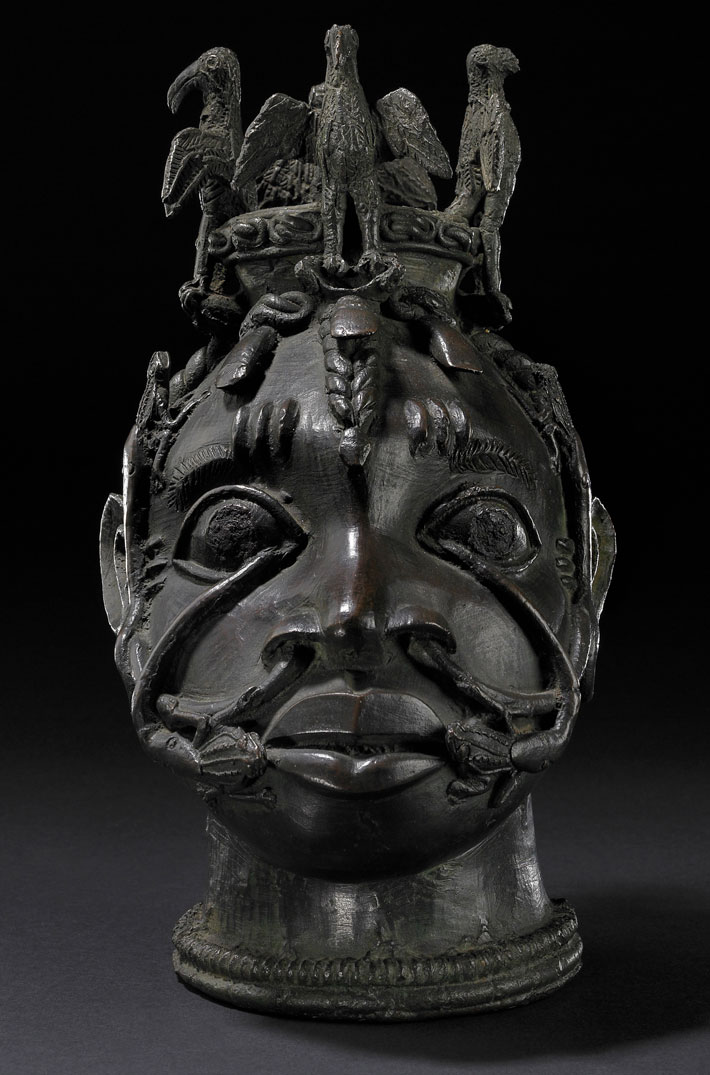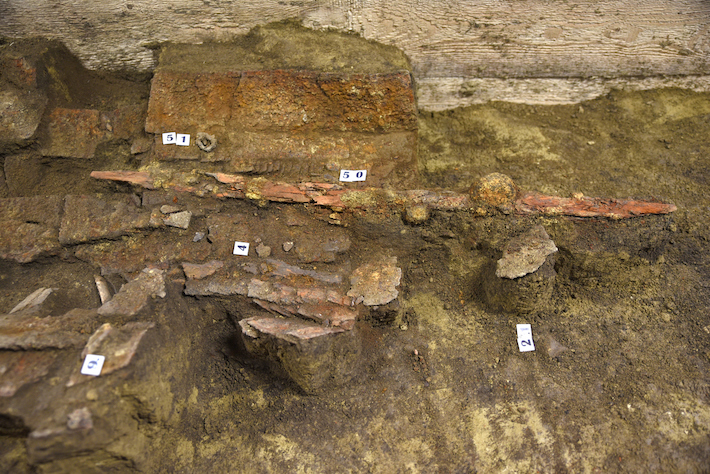
DEBRECEN, HUNGARY—According to a Newsweek report, the 1,300-year-old intact burial of an Avar warrior, including the remains of a horse, weapons, and armor, has been discovered in eastern Hungary. The Avars were nomads who occupied the region of the Carpathian Basin in the mid-sixth century A.D., and gradually shifted to living in settlements before their collapse in the ninth century. Archaeologist Tamara Hága of the Déri Museum said that the warrior had been placed in a relatively shallow grave. What is thought to be a complete set of lamellar armor, which was made from hundreds of small iron plates, was spread out over the warrior. A quiver with arrows, a bow, and a sword were placed on the armor, and then topped with the horse. “Though burying with armor was not a common practice in the Avar period, it is known from several male, female, and child graves too,” Hága said. “In most cases, however, only a few plates or fragments of armor…are recovered from the graves,” she explained. The discovery of this burial will allow researchers to create a highly accurate reconstruction of Avar lamellar armor. “The excavation of the burial in the workshop is still ongoing, so we do not yet know what other finds are under the armor,” Hága added. For more on the Avars, go to "The Avars Advance."



